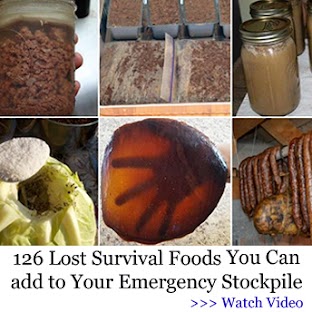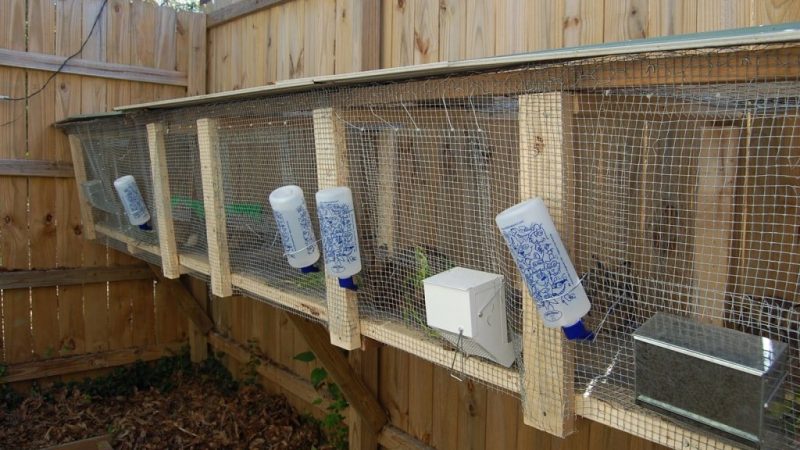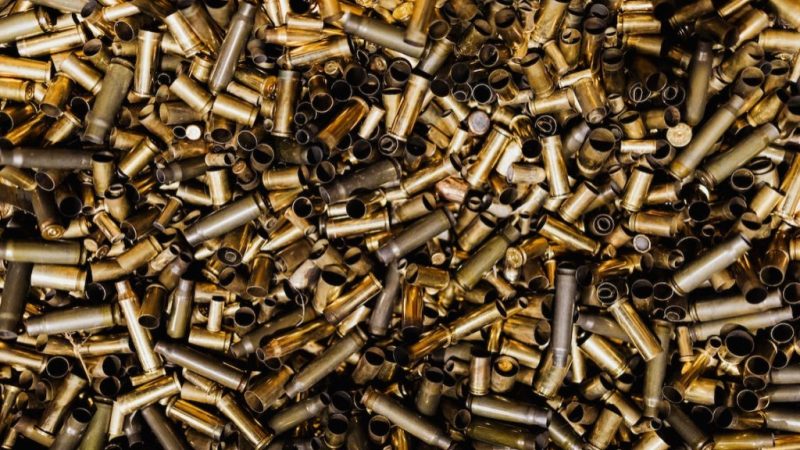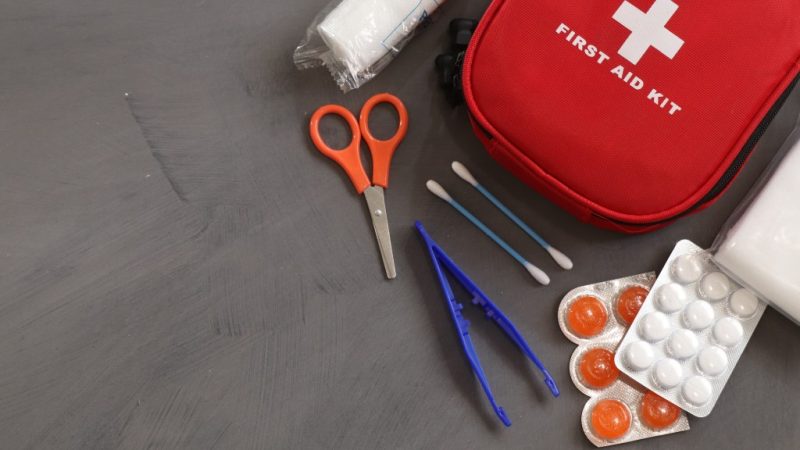A blizzard is a powerful natural disaster that can cause a lot of damage. It is a strong snowstorm with high winds that keep blowing for hours or even days.
Blizzards only happen in North America because cold, dry air from Canada, warm, moist air from the Gulf of Mexico, and cold, moist air from the west coast all mix together.
When all three air currents meet, strong winds and snow are likely to happen. Most blizzards happen in the Great Plains, along the coast of the Northeast, and in the states around the Great Lakes.
Snowstorms, ground blizzards, and lake-effect blizzards are the three types of blizzards.
A snowstorm blizzard is a traditional blizzard that has heavy snowfall, temperatures below freezing, and winds of more than 35 miles per hour. To be classified as a blizzard, a regular snowstorm must meet these criteria and have visibility of no more than a quarter mile (about 1,300 feet).
Ground blizzards are more common, but produce less snow. Instead, strong winds swirl around the snow that has already fallen.
Ground blizzards are divided into three types based on wind and snow direction: horizontal advection, vertical advection, and thermal-mechanical advection (which is a combination of the first two).
The Great Lakes region experiences the most lake-effect blizzards. Blizzards form when cold winds blow across a relatively warm lake. Water vapor is carried into the atmosphere by winds and falls as snow along the shoreline.
Are You Concerned About Blizzards?
Blizzards are extremely dangerous because they combine all of the dangers of snowstorms with the ferocity of hurricanes. Animals, including livestock, are in danger.
Cars and even houses can become completely submerged beneath massive snow drifts, and if roofs aren’t ripped off by high winds, they can collapse from the weight of the snow.
And, of course, once the winds die down, all of that snow becomes stuck on the ground; depending on the time of year, it could be there for a long time, blocking roads and limiting travel.
If the blizzard struck at an unusually late time of year, as they occasionally do, crops may not have been fully harvested and may have been damaged.
A whiteout occurs when there is so much snow blowing through the air that a person can lose sight of the horizon and general visibility is reduced to almost nothing.
There have been numerous reports of people seeking shelter in whiteout conditions in familiar areas, such as their own backyards, only to become disoriented and lose their way.
Because of the chilling effects of the high winds, frostbite and hypothermia can occur much more quickly than in normal snowstorm conditions (which can often reach hurricane-level speeds).
Getting Through Blizzards
Blizzards can range in size from local to national—the Storm of the Century spanned Canada and Cuba.
A region the size of Wisconsin had been completely covered in up to 26 feet of snow by the end of the 1972 blizzard in Iran. The worst-affected areas were mostly rural, with entire villages buried and no way to reach higher ground. In total, 4,000 people were killed, making it the deadliest blizzard in history by a factor of nearly ten.
Being prepared for a blizzard, like any other disaster, is the best way to survive it.
Blizzards rarely strike without warning nowadays, thanks to satellites and up-to-date news (though snowfall amounts and storm intensity cannot be predicted for your specific location).
This is not to say that you should never be unprepared. Keep a well-stocked food pantry and plenty of long-lasting water in your home (you won’t be able to restock during the storm).
When the weather gets cold enough, expect your pipes to freeze, leaving you with only the water you have stored. As a result, keep water supplies in a non-freezing area of your home and plan to have enough water on hand to provide a gallon to each person each day.
Sure, you can melt snow to make water, but that comes with three complications:
1) You must go outside to get it; 2) melting snow requires a lot of energy; and 3) you must filter it.
So, just in case, keep a filter handy in case you run out of water and need to get some more.
Pipes can easily freeze and burst when the temperature drops dramatically. The Federal Emergency Management Agency recommends leaving your faucets dripping because even a small amount of moving water can help keep pipes from freezing.
Have the Necessary Equipment to Survive Blizzards
You must have a working flashlight and batteries, a charged cell phone (if towers are unaffected), any necessary medication (such as insulin and EpiPens), general first-aid supplies, carbon monoxide and smoke detectors, and heating fuel or firewood.
Keep a couple of different lanterns (battery-, solar-, or servo-powered) on hand in addition to a flashlight, which are better for general use than a flashlight.
Maintain your food supply, with the understanding that it may need to last up to seven days. Even after the storm has passed, the roads are likely to be impassable for some time, particularly in areas where blizzards are uncommon.
It’s also important to drink water; it’s easy to become dehydrated when the cold temperatures trick the body into thinking it’s not thirsty.
The main issue here is obviously heat. It makes no difference what supplies you have at home if you freeze to death. When it’s cold outside and your power goes out, there are a few things you can do to stay warm. Your home may not be sufficient to keep you warm.
Clothing and Candles
Layering your clothes is always a good idea. Begin with a moisture-wicking base layer and work your way up. Your final layer should be a waterproof shell if you’re going outside.
Bring a wool cap to cover your head, gloves to protect your hands, and thick socks to protect your feet. Keep a few blankets on hand for wrapping around yourself or quickly warming up after being outside.
Make an effort not to perspire. You’re dressed in layers in order to shed them as your physical activity level rises. Sweat has the potential to freeze, making you colder.
It can also get very dark during a blizzard. Surprisingly, a couple of candles can keep you warm. Aside from providing light and heat, candles are inexpensive and can last for a long time.
It’s also a good idea to keep a couple of electric lanterns on hand. The type with a dynamo, which allows you to manually charge it if the storm lasts longer than the power, is the most effective.
Getting Stuck at Home
Naturally, the best place to wait out a blizzard is at home. If you’ve prepared for such an emergency, you’ll be toasty and warm by the fireplace, telling ghost stories to the kids and rummaging through your food supplies for supper.
That is not to say that all threats have been removed. It is critical to remain inside. Depending on the severity of the storm, going outside can be extremely dangerous.
There have been numerous reports of people walking off their porch into their own front yard during a whiteout and becoming lost, only to be discovered dead mere feet from their front door.
Close off unneeded rooms to save energy. If you have a fireplace or a wood stove going, the heat will warm the room you’re in while making the rest of the house colder.
Closing those doors and stuffing towels beneath the doors and around the windows will help to insulate the room even more.
At night, cover the windows with a layer of plastic or blankets. Although some people regard a blizzard as a beautiful natural phenomenon, the biggest heat suck in your house can be controlled by keeping the windows closed at night when it’s the coldest.
If your home does not have a fireplace, consider stockpiling a space heater if your local laws permit it. A simple 5,000-BTU unit will heat a 200-square-foot room effectively.
Getting Caught Outside
Because you pay attention to the weather and news broadcasts, you know when temperatures are going to drop and potential blizzard conditions are approaching.
As a result, you’re more likely to dress appropriately for being out in the cold in the first place. That is an important first step.
You can regulate your body temperature by adding or removing layers of clothing and dressing for the worst. It’s critical to stay hydrated if you’re going to be outside for more than a few hours. High winds can dehydrate you more quickly than you realize (and a well-hydrated body stays warmer).
Make every effort to stay out of the wind. Hide behind buildings in the city, and behind large rocks in the country—find a place where the wind won’t bother you.
If you find yourself stranded in a blizzard, almost every expert advises digging a snow shelter, which is sound advice if you have the resources (a shovel or a digging tool of some kind). A single candle can warm a decent-sized igloo, proving that snow is an excellent insulator.
Building a lean-to against the wind will help if you don’t have digging tools. If you don’t have a tarp or rope, huddle under the branches of a low-hanging tree or quickly gather branches and lean them at a 45-degree angle against a tree or rock.
Cover your entire body (including any exposed skin). Always wear a hat and gloves to prevent heat loss.
Simple exercises to keep you warm and your circulation going without breaking a sweat.
Stay in one place as long as it is practical and safe to do so. Because you will expend a lot of energy climbing through the snow, walking in deep snow can quickly exhaust the body.
If possible, start a fire and consider how to signal for help. To make a lot of smoke, burn some green branches, or write “help” in the snow with materials that contrast with the white.
Food will be difficult to obtain if you don’t already have it, due to the blizzard’s restrictions on movement. Though the human body can survive without food for a few weeks, water is a different story.
If you have a container, such as a water bottle, but no fire, fill half the bottle with snow and shake it—the friction will help with melting. To keep it from freezing, keep it in your pocket or under your coat.
Being Stranded in Your Vehicle
It’s terrifying to be trapped in your car during a blizzard. If you’ve become stranded by snowdrifts, the best advice is to get in your car and drive away, unless there’s an immediate danger.
A car’s engine can idle for a long time. For example, a V6 Toyota Tacoma uses about 0.3 gallons per hour, which means that its 21.1-gallon tank will be depleted after 70 hours, or nearly three days. That means you can use the heater to keep your car warm, but only for 10 or 20 minutes every hour or so.
Caution: If snow accumulates in the tailpipe, exhaust fumes will back up into the car, and make sure your car does not become snow-covered. Keep a window slightly cracked if you smell engine fumes.
Use chemical light sticks as visual markers if you have them so that would-be rescuers can see your vehicle. Tie one to the top of your antennae or hang one on both sides of your car windows.
Keep your hazard lights on so that others can see you.
It’s always a good idea to keep a couple of days’ worth of food and water in a bag accessible from the car’s cabin. Include a radio, a flashlight, and a window breaker.
The Final Word
Blizzards are dangerous because they combine all of the risks associated with snowstorms, and the winds that accompany them can be hurricane-force.
Snowfall can cause roofs to collapse, as well as trees and powerlines to fall.
They cause whiteout conditions, causing drivers and pedestrians to become disoriented and stranded.
They are not only among the deadliest storms on the planet, but they are also massive and have a wide-ranging impact. Services, utilities, and social infrastructure will undoubtedly suffer as a result.
Winter can be brutal, and if the conditions are right, you’ll be on your own for an extended period of time, with nothing but your wits and resources to rely on.
Remember that planning for disaster is also planning for success.






